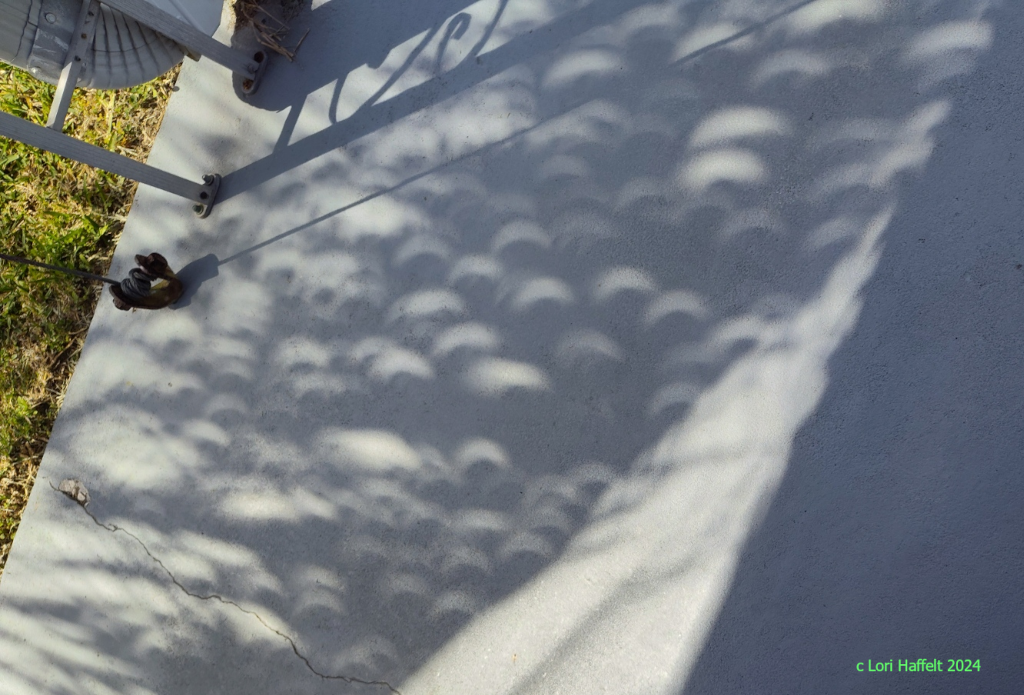
Only those along the narrow track of the Moon's shadow on April 8 saw a total solar eclipse. But most of North America still saw a partial eclipse of the Sun. From Clearwater, Florida, USA this single snapshot captured multiple images of that more widely viewed celestial event without observing the Sun directly. In the shade of a palm tree, criss-crossing fronds are projecting recognizable eclipse images on the ground, pinhole camera style. In Clearwater the maximum eclipse phase was about 53 percent.
from NASA https://ift.tt/3nejFw2
Comments
Post a Comment